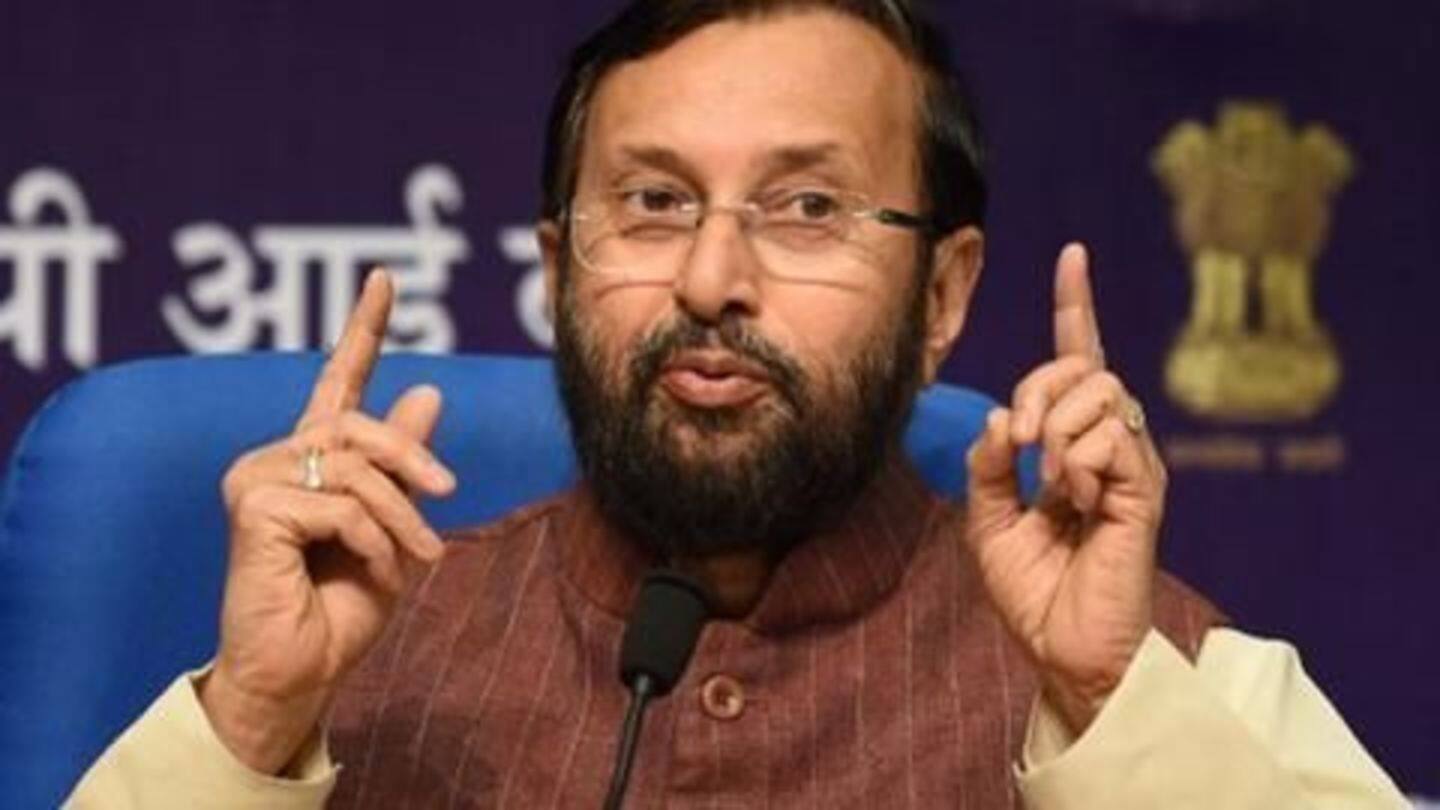
Going against norms, HRD proposes roadmap for transforming UP's schools
What's the story
The Human Resource Development Ministry has proposed a plan aimed at overhauling Uttar Pradesh's fledgling education system. Unusual, considering school education is a state domain. The Centre's role is generally limited to regulating centrally-funded education schemes like Sarva Shiksha Abhiyan. The document titled 'Roadmap for Transforming School Education: State of Uttar Pradesh', borrows heavily from different states' plans.
Mergers
From Rajasthan, the idea of mergers and resource rationalization
Perhaps the biggest proposed reform is mergers to rationalize resource-use, an idea borrowed from Rajasthan. To simplify administration, primary and upper-primary schools sharing a campus would be merged. In every gram panchayat, a 'nodal school' will be identified; it will be upgraded to primary after nearby schools with less enrolment are merged with it. Anganwadi centres will also be integrated with nearby primary schools.
Categorization
From Delhi, the concept of performance-based categorization
Borrowing from Delhi's AAP government, HRD proposed "accelerated school-readiness camp" in Class I to train children in basic arithmetic, literacy and more. Students of classes III-VIII will be divided into three groups (Delhi had two) based on test performance. "Each category is taught starting from its current competency level, and level-appropriate learning activities and materials are used." Follow-up tests will be held regularly.
Teachers
Proposals to correct recruitment and performance of teachers
31% teachers' posts in UP's primary schools are vacant, 18% in upper-primary and 50% in secondary. The posts should be filled by "considering (the) school as a unit". The report notes 24.36% vacancies can be filled just by transferring the additional staff in schools with extra teachers to the ones lacking. After appointment, biometric attendance, public shaming, performance-based promotions etc will help check absenteeism.
Information
Strengthening parents' role in school management, and others
Proposals have also empowered parents. School management committees mostly comprising parents will be able to take financial decisions autonomously. Consent of the committee will be required for certain changes. The roadmap also draws from Telangana's school-readiness program and Tamil Nadu's technology-enabled textbook procurement system.
Stats
A drastic plan is necessary to change UP's dismal statistics
With 4.84cr children in 2.56L schools, UP has India's largest education system. But it also has the sixth- highest annual dropout rate (8.58%) at the primary level. NCERT found that less than 50% students of classes III, V and VIII have class-appropriate academic proficiency. 44% children and 69% teachers in government schools remain absent daily. The HRD aims to turn things around by 2020.
Information
But will this plan work? There are several objections
The system of mergers has often been criticized for being responsible for children dropping out of schools. Segregation of children is also believed to cause reduced self-esteem for 'poor students'. The plan also doesn't address the problem of lack of infrastructure including furniture and electricity.
Interference
UP might just be the first in a long line
The HRD hasn't limited itself to UP. Reportedly, it has offered guidance to other states too. In a letter, it urged states to consider shifting anganwadi centres to nearby primary schools. It also sent states draft guidelines on rationalization of small schools. In fact, it is already designing a scheme for J&K, which doesn't even fall under the Right to Education Act, 2009.